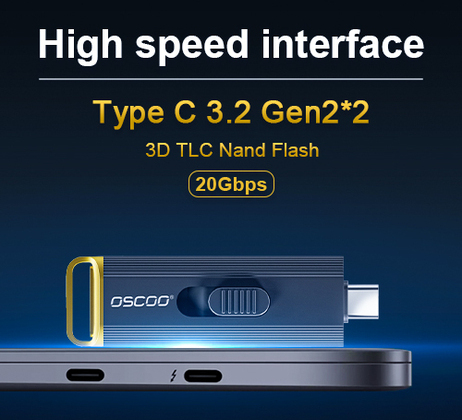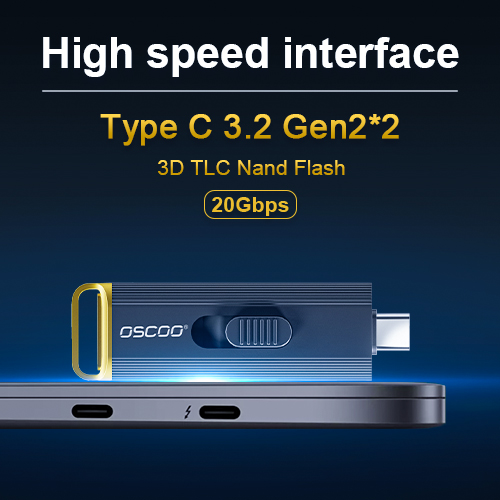News
Site Editor
 Site
/uploads/image/64e425c3edfef.png
NAND flash memory, a cornerstone of modern electronics, stores data without power. Variants like SLC, MLC, TLC, and QLC offer varying speeds, durability, and cost efficiencies, serving applications from high-performance computing to consumer electronics.
Site
/uploads/image/64e425c3edfef.png
NAND flash memory, a cornerstone of modern electronics, stores data without power. Variants like SLC, MLC, TLC, and QLC offer varying speeds, durability, and cost efficiencies, serving applications from high-performance computing to consumer electronics.
NAND Flash SLC, MLC, TLC and QLC
Views: 730
Author: Site Editor
Publish Time: 2024-06-19
Origin: Site
NAND flash was invented approximately forty years ago and has become a commodity widely used in electronic devices. Because NAND flash can retain data without power, it is ideal for internal and external storage applications. Compared to traditional disks, NAND flash has advantages such as smaller size, quieter operation and higher stability. Additionally, since flash memory has no mechanical parts, it is more shock resistant. These advantages have led to widespread adoption across various markets and driven the development of different types of NAND flash. There are four main types of NAND flash: SLC, MLC, TLC and QLC .
SLC (Single-Level Cell)
SLC is the most high-performance type of NAND memory. Each memory cell stores only 1 bit of data, meaning each cell has only two states: 0 or 1. Because it only needs to distinguish between two states, SLC has very fast read and write speeds. It also has a long write endurance, typically reaching 100,000 program/erase cycles. This makes SL C outstanding in terms of data reliability and durability, suitable for applications requiring high performance and reliabilit y, such as industrial use, enterprise storage, and high-performance computing.
However, the manufacturing cost of SLC is relatively high because each memory cell can store only 1 bit of data, resulting in lower storage density. Therefore, the cost per gigabyte is higher, limiting its widespread use in high-capacity storage applications.
MLC (Multi-Level Cell)
MLC is an evolved version of SLC, with each memory cell capable of storing 2 bits of data, meaning each cell has four states: 00, 01, 10, and 11. Compared to SLC, MLC has higher storage density, thus a lower cost per gigabyte. Nevertheless, MLC has slower write and read speeds than SLC because it needs to distinguish more states. Additionally, the write endurance of MLC is shorter, generally ranging from 3,000 to 10,000 program/erase cycles.
Despite being inferior to SLC in speed and durability, MLC offers significant advantages in storage capacity and cost, making it suitable for industry and consumer grade solid-state drives (SSDs).
TLC (Triple-Level Cell)
TLC further increases storage density, with each memory cell capable of storing 3 bits of data, meaning each cell has eight states: 000, 001, 010, 011, 100, 101, 110, and 111. Compared to MLC, TLC has even higher storage density and thus a lower cost per gigabyte. This makes TLC very suitable for applications requiring large storage capacities, such as high-capacity SSDs, USB flash drives , and memory cards.
However, as storage density increases write endurance is shorter, typically around 500- 1,000 program/erase cycles. But for most consumer applications, the performance of TLC is still adequate.
QLC (Quad-Level Cell)
QLC is currently the type of NAND memory with the highest storage density, with each memory cell capable of storing 4 bits of data, meaning each cell has sixteen states: 0000, 0001, 0010, 0011, 0100, 0101, 0110, 0111, 1000, 1001, 1010, 1011, 1100, 1101, 1110, and 1111. Usually QLC has the low er manufacturing cost making it highly advantageous for storage devices requiring extremely large capacities at low cost.
QLC has the shorte r write endurance than TLC , typically around 150 program/erase cycles. But for office and home use the lifetime is enough. QLC is suitable for applications needing very large storage capacities but with lower prices requirements.
